Question More, Action Knowledge.
Remember, at QMAK, we don’t just teach; we empower. We don’t just inform; we inspire. We don’t just question; we act. Become a Gold Member, and let’s unlock your child’s full potential, one question at a time.
![]()
In a world of increasing complexity and rapid change, it’s easy to get lost in the maze of assumptions, dogmas, and conventional wisdom. But what if there was a way to cut through the noise and get to the heart of any problem or situation? Enter First Principles Thinking – a powerful approach to reasoning that can help you break down complex issues, challenge assumptions, and unlock innovative solutions.
First Principles Thinking is a crucial skill for learners of all ages. By embracing this approach, you can develop a deeper understanding of the world around you, make more informed decisions, and unleash your creative potential. In this article, we’ll explore the essence of First Principles Thinking and how you can harness its power for personal growth and success.
First Principles Thinking is all about getting to the foundational elements of a problem or situation. It involves separating the underlying ideas or facts from any assumptions based on them, allowing you to arrive at the essential, non-reducible components.
It’s important to note that First Principles are not a fixed set of universal truths. Rather, they are context-dependent and can evolve as our understanding grows. For example, the laws of thermodynamics might be considered First Principles when designing a more efficient refrigerator, but a theoretical physicist might further reduce these laws into more fundamental principles.
In our daily lives, we often rely on analogy reasoning, meaning we base our understanding and solutions on how others have done things before. While this approach can be helpful, it often leads to unquestioned assumptions that may be inaccurate or outdated. This can limit our ability to find truly innovative and efficient solutions.
First Principles Thinking encourages us to question what we think we know and build solutions from the ground up, based on undeniable facts. By stripping away assumptions and reducing a problem to its most basic, fundamental truths, we can unlock new possibilities and create more effective, streamlined solutions.
First Principles Thinking can be applied through a three-step process, as exemplified by Elon Musk’s approach to building SpaceX rockets:
Example: When Musk set out to build rockets for SpaceX, he initially assumed he’d have to buy finished rockets from established companies at exorbitant prices.

Example: Musk asked, “What is fundamentally required to get to space?” The answer: a rocket. But, it didn’t have to be a pre-built, expensive one.

With the first principles established, you can build solutions upward, free from the constraints of pre-existing methods or beliefs.
Example: Musk decided to build rockets in-house, sourcing raw materials and significantly reducing the cost of space travel.

Interestingly, children are natural masters of First Principles Thinking.
From a young age, they engage in persistent questioning, repeatedly asking “why” in their quest to understand the world around them.
This innate curiosity is a powerful tool for uncovering fundamental truths and challenging assumptions.

As we grow older, however, we often lose touch with this childlike sense of wonder. We become more accepting of conventional wisdom and less likely to question the status quo.
But by reconnecting with our inner child and embracing a mindset of continuous questioning, we can rediscover the power of First Principles Thinking.
Applying First Principles Thinking can yield numerous benefits, such as:
Innovation: First Principles Thinking encourages originality by removing the limitations of conventional methods. By questioning assumptions and building from the ground up, we can find truly innovative solutions.

Efficiency: By understanding the essential elements of a problem, we can find more streamlined and effective solutions. First Principles Thinking helps us cut through the clutter and focus on what truly matters.

Clarity: Breaking down complex issues into their basic truths leads to a clearer understanding of the problem itself. First Principles Thinking helps us see the forest for the trees, providing a more accurate and comprehensive picture of the situation at hand.

First Principles Thinking has been at the heart of many groundbreaking discoveries and innovations.
For example:
![]() By challenging the long-held assumption that bacteria could not survive in the acidic environment of the stomach, researchers were able to identify H. pylori as the true cause of most stomach ulcers, leading to more effective treatments.
By challenging the long-held assumption that bacteria could not survive in the acidic environment of the stomach, researchers were able to identify H. pylori as the true cause of most stomach ulcers, leading to more effective treatments.
![]() By identifying the essential properties of meat (taste, texture, smell), scientists are creating viable alternatives that address the ethical and environmental concerns associated with traditional meat production.
By identifying the essential properties of meat (taste, texture, smell), scientists are creating viable alternatives that address the ethical and environmental concerns associated with traditional meat production.
To use First Principles Thinking to achieve personal outcomes, you can adapt Elon Musk’s three-step process for personal goal setting:
3. Create New Solutions From Scratch
Now, armed with these fundamental truths, explore alternative solutions, free from the constraints of your initial assumptions.
Remember, by questioning assumptions, you open up possibilities for achieving your goals in ways you may not have initially considered.
So how can you leverage the power of First Principles Thinking for your own personal development and success?
Here are some strategies:
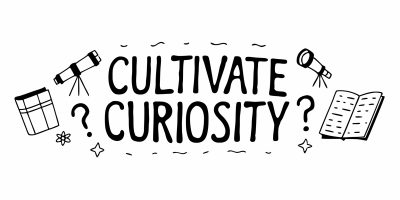
2. Simplify Complexity
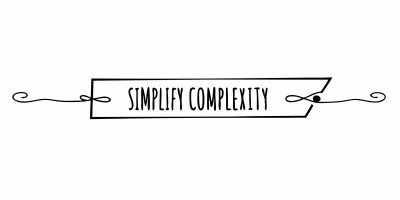
3. Seek Foundational Knowledge
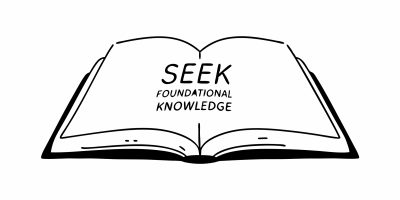
4. Challenge the Status Quo
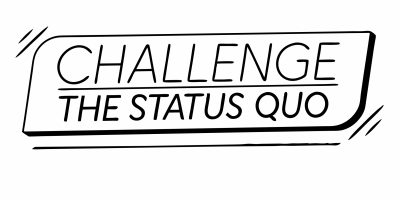
5. Embrace Lifelong Learning
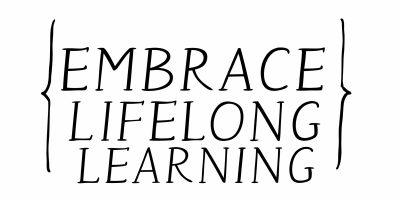
First Principles Thinking is a powerful tool for navigating complexity, challenging assumptions, and unlocking innovative solutions.
By embracing this approach, you can develop a deeper understanding of the world around you, make more informed decisions, and unleash your creative potential.

Nurturing First Principles Thinking is crucial for lifelong learning and personal growth. By encouraging curiosity, simplifying complexity, seeking foundational knowledge, challenging the status quo, and embracing continuous learning, you can harness the power of this approach to achieve your goals and create a life of purpose and fulfillment.
So, embrace your inner child. Question everything. Seek understanding.
And let First Principles Thinking be your guide on the path to personal and intellectual growth.
The possibilities are endless when you break free from assumptions and build your understanding from the ground up.
Objective: To encourage questioning and breaking down complex ideas into simpler components.
Objective: To identify and challenge assumptions in everyday situations.
Objective: To apply First Principles Thinking to a real-world problem.
Objective: To practice questioning and critical thinking skills in a group discussion.
Objective: To apply First Principles Thinking to personal goal-setting and problem-solving.
Iron Man offers an exceptional demonstration of First Principles Thinking through Tony Stark’s innovative approach to problem-solving.
When faced with a life-threatening situation in a cave with limited resources, Stark exemplifies how breaking down complex challenges to their fundamental truths can lead to breakthrough solutions. Rather than accepting conventional assumptions about what’s possible, he starts with basic physics and engineering principles to create something entirely new.
The film’s detailed attention to Stark’s iterative design process – from the initial Mark I suit built from missile parts to increasingly sophisticated versions – showcases how First Principles Thinking enables genuine innovation rather than mere incremental improvement.
Students will witness how Stark’s ability to question established solutions and think from the ground up allows him to transcend traditional limitations, providing an engaging framework for understanding how this mental model can drive creative problem-solving in any field.
Sometimes the answers that we seek
Are simpler than they first appear
Break it down and you will see
The truth becomes so crystal clear
Verse 1
Like a child who wants to know
The reason why things work and grow
We’ve got to look beneath the show
To find the truth that lies below
Past the things we think we know
Beyond what others tell us so
Down to facts that we can trust
Understanding is a must
Pre-Chorus
Strip away what you’ve been told
Let the real truth unfold
Chorus
Break it down to build it up
(That’s how we learn to see)
Find the facts that cannot change
(Set your thinking free)
Question everything you know
Till you reach the core below
That’s when wisdom starts to flow
And understanding grows
Verse 2
Just like building from the ground
First the basics must be found
Not what others say is true
But what the facts are showing you
Like a puzzle coming clear
When the pieces disappear
And you see the simple way
That was hiding there all day
Bridge
Let your curiosity guide you through
Like when you were young and everything was new
The simplest truth can light the way
To innovations day by day
Verse 3
Every problem has its heart
Basic truths that never part
When you find these simple keys
Everything becomes so clear to see
Build solutions from the start
Using wisdom’s finest art
Finding answers pure and true
That’s what first principles can do
Outro
From the ground up, watch us grow
Finding truths we need to know
Breaking down to build up strong
That’s how wisdom comes along
Question everything you see…
Find the truth that sets you free…
Remember, at QMAK, we don’t just teach; we empower. We don’t just inform; we inspire. We don’t just question; we act. Become a Gold Member, and let’s unlock your child’s full potential, one question at a time.